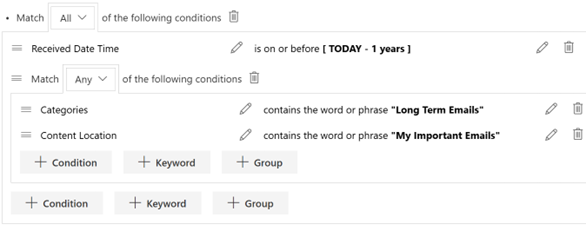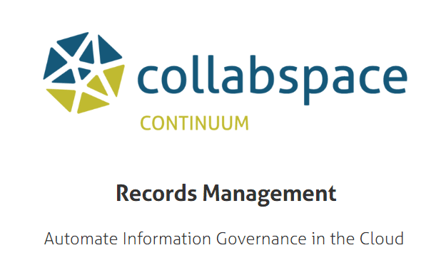
Image courtesy of Anete Lusina from Pexels
Note: This article was originally published in 2013, but has since been edited and updated.
Although case files along with subject files exist in all types of file plans, I find that the topic is not discussed in-depth within records management literature. In this post, I would like to lay out the key characteristics of a case file.
Case File Definition
There are two types of files in the file plan - subject files and case files. Subject files contain documents relating to an ongoing subject or a business function. Case files, on the other hand, contain "standardized content relating to a specific action, event, person, place, project or subject” (ARMA International, Glossary of RIM Terms). Some examples of case files include legal opinion files, HR files, contract files and project files.
Case File Retention & Disposition (R&D)
Case files and subject files cannot be mixed together under a file series because they have different policy and retention behaviors.
First, case files have clear start and end dates unique to each case file. Case files are time-limited because it is event/date specific. The start and end dates are usually business process dependent and cannot always be determined in advance. There are exceptional instances when a closed case file can be reopened (e.g., An employee is terminated [employee case file closed] and is rehired after a period of time [employee case file re-opened]).
Secondly, case file retention is managed as per the file (event-based retention) but subject file retention is managed by grouping the contents in a time-based manner (e.g., annually). In other words, the content of a case file is treated as a whole and is managed together; that is, dispose all or none at all. The R&D rules of case files under the same parent category (i.e., case file series) are the same; but the R&D trigger dates of these files are different. Normally, a specific event, such as a project completion, triggers the file closure and the R & D calculation. Thus, the file close date and the subsequent retention schedule are often unknown at the time of file creation.
What is a Case File Series?
Case file series is a parent category that groups the same types of case files. The case files of its series all have same retention settings. However, each case file has different file-open and -close dates; thus, their retentions are triggered at different times. Case files may also have their own unique numbering system as part of the classification (e.g., policy number).
What is often not discussed in RIM is the fact that highly used case file series may be divided by yearly file parts. This is to manage file quantities; otherwise, a collection of case files may accrue over time. The best method of dealing with this is to organize the content based either on its creation date, grouped into years, or alphabetically, grouped into smaller chunks.
However, none of this organization needs to be represented within a file plan structure, since these case files are managed by the creating body, not the records management team. The organization should be according to the desires of the users creating the content. If the content is being created in a network share (Windows file structure), then using folders to subdivide large case file series is the only option. If there is some kind of EDRMS (for example, SharePoint), then dividing the content into different Sites and Libraries might make navigation simpler.
Example of a Case File
Here is a case file example:
*Note that text in [ ] represent category names.
- Case file series: 2790-20 [HR Staffing – Competitions, by position name and date]
- Grouping Folder: 2013 [Competitions 2013] (this number may not be part of a file classification if it is also part of a case number)
- Case number: 20130001 [RM Specialist (Full-Time)
- Thus, case file's classification is: 2790-20-2013-0001 or 2790-20-20130001 (this seems more common)
In a SharePoint Electronic Document Management System, you could have a Site dedicated to the case file series: HR Staffing – Competitions. Then you could subdivide the competitions into different document libraries, such as 2013, 2014, 2015, or even Positions A-F, Positions G-O, etc... Within those libraries, the case files would be located, potentially named 2790-20-20130001.
To Conclude:
I hope you've find this post helpful! To read more about records management topics, such as the importance of record classification, legal holds or email management, check out the RM 101 series on the Collabware blog. Got questions? Leave a comment below or contact us, we know records management and are happy to help.
We've built software that specializes in Case Management features, such as our on-premise Collabware CLM solution. To learn more, download our free CLM page and brochure here:
![]()





